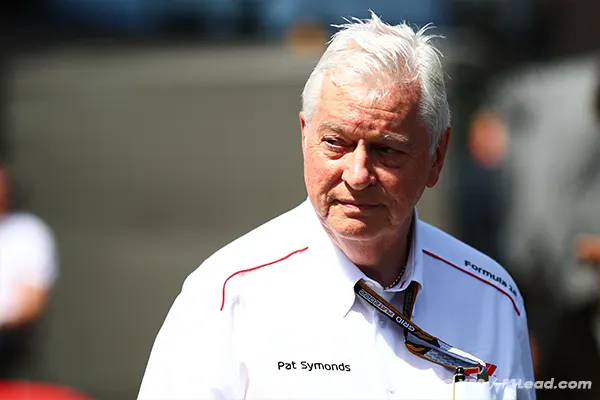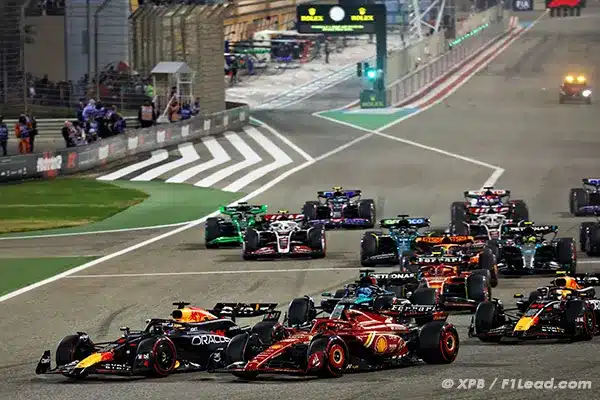By 2026, F1 will adopt 100% biofuels, bypassing electric options due to longer transition times.
By 2026, new F1 power units will use 100% biofuel (a new fuel developed for the occasion by Aramco, the title sponsor of Aston Martin F1).
Currently, the sport also uses ethanol, but only at a 10% rate. F2 and F3 are already using 55% biofuel.
These 2026 biofuels, produced mostly from agricultural or municipal waste, promise to be revolutionary: they will even be directly reusable from F1 to production cars, Aramco assures. Their production will also be carbon-neutral.
Of course, the emissions directly produced by the cars during Grand Prix weekends account for ‘peanuts’ in F1’s carbon footprint: less than 1%. But the signal sent, as well as the potential for application to production cars, is significant.
F1 has thus made a seemingly paradoxical bet: continuing to rely on internal combustion engines, even though they will be banned from sale in Europe by 2035. However, the sport also emphasizes that decarbonization challenges in Southern countries are very significant.
FOM states that there could be 1.4 billion vehicles in circulation globally by 2030, with 1.2 billion using an internal combustion engine.
This choice was criticized by Carlos Tavares, the CEO of Stellantis, but naturally, it is defended by Pat Symonds.
The technical director of F1, who advocated for the use of these biofuels, explains why this choice over electric: “We simply believe that there are parallel paths we should pursue to achieve a decarbonized future,” says Symonds.
“If we truly want to decarbonize, we cannot wait for everyone to buy an electric vehicle—that will take decades. Therefore, it’s better to start by reducing the carbon content of our fuels.”
“If we can start to replace some of the high-carbon fuels… and begin blending them up to the 100% carbon-free fuel we will use in Formula 1, then we won’t need to replace the entire [existing] infrastructure. There’s no need to modify one’s vehicle.”
“A directly reusable fuel can be sold at the pump, just like all current fuels. There’s no reason there shouldn’t be another nozzle offering a synthetic fuel.”

F1 Shifts to Biofuels as Electric Shift Stalls. F1 Shifts to Biofuels as Electric Shift Stalls
- You may also like>McLaughlin Clinches Fifth Win at Barber Race
- You may also like>Hamilton Balances F1 and Lifestyle with Grace
- Following us on Facebook and Twitter
